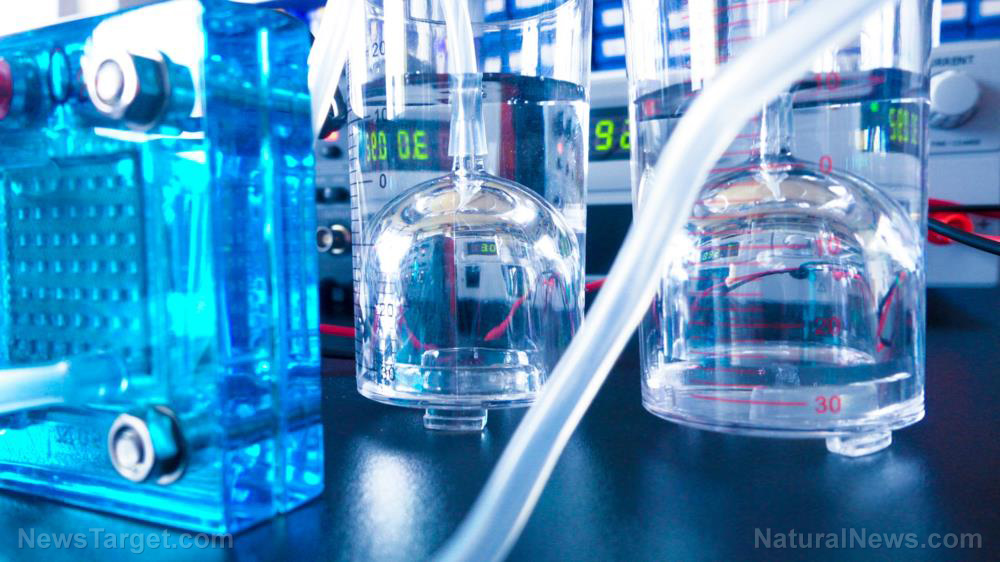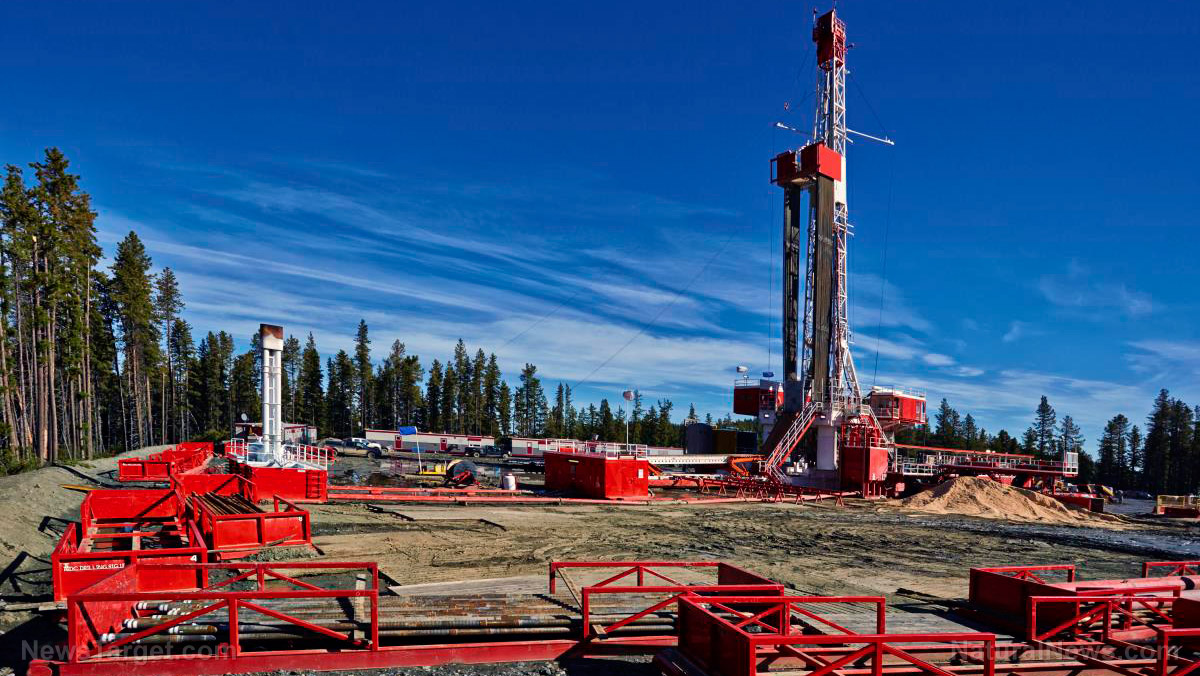What could go wrong? NASA funds research on an all-electric airliner in a virtue-signaling move to reduce greenhouse gas emissions
10/30/2019 / By Lance D Johanson

The world’s very first electric-powered airliner is currently in development. The futuristic jet would emit zero greenhouse gas emissions directly. Instead of burning up fuel, the jet would convert the chemical energy stored inside liquid hydrogen cells into electric power. The electric power generated by the liquid hydrogen would be depended upon to keep the jet in propulsion. NASA has dedicated $6 million to the project over the next three years and hopes to produce the world’s first environmentally-friendly aircraft. The project has been dubbed the “Center for Cryogenic High-Efficiency Electrical Technologies for Aircraft.”
What could go wrong with an all-electric plane?
As NASA gets applause for their virtuous endeavor, the critical thinker must ask, “What could go wrong with an all-electric plane?”
Aerospace engineer Phillip Ansell and electrical engineer Kiruba Haran are leading the project along with their colleagues at the University of Illinois at Urbana-Champaign. The scientists will be the first to explore the potential of converting condensed liquid hydrogen to electrical energy to power an aircraft midflight. Even though normal hydrogen cells have been used to power trains and cars, they are too cumbersome for flight because they require the transport of heavy pressurized hydrogen storage tanks. Condensed liquid hydrogen could solve that problem.
Professor Ansell explains, “The hydrogen chemical energy is converted to electrical energy through a series of fuel cells, which drive the ultra-efficient electric propulsion system.”

As simple as the science sounds, making it work consistently in real life won’t be easy, and the dependability of this conversion and propulsion may be impossible to guarantee, long term. For one, extremely low temperatures will need to be generated in order to liquefy the hydrogen. The low temperature requirements can be used for superconducting to enable energy transmission and high powered motor systems, but what all goes into maintaining this process?
Second, if the liquefied hydrogen is not used at a sufficiently high rate at the point of consumption, it evaporates from the storage vessels. The prototype would need to ensure that the hydrogen delivery and consumption rates are matched to perfection. Worse yet, scientists and engineers have yet to come up with a prototype proving that electrically-driven propulsion technologies can be connected and powered by electrical systems. To apply this idea to a large aircraft and ensure its dependability will be a tough task to undertake. Not only is the energy conversion concept unproven, especially on airlines, but dependence on electric power alone carries its own set of risks.
Will the planes still require greenhouse gas emissions for hydrogen production?
Not to mention, the environmental impact and energy efficiency of hydrogen depends on how it is produced. An all-electric plane may not emit greenhouse gas emissions directly, but the methods to produce the hydrogen could be just as dirty, not environmentally-friendly at all. Most of the hydrogen produced in the United States comes from natural gas reforming, a process by which natural gas is reacted with high pressure steam. After all, this is the cheapest way to produce hydrogen gas — to react carbon monoxide with water. If the all-electric airline is successful, can scientists prove the total process of energy creation doesn’t require greenhouse gas emissions?
Still, Professor Haran remains optimistic, “Advances in recent years on non-cryogenic machines and drives have brought electric propulsion of commercial regional jets closer to reality.”
“Practical cryogenic systems remain the ‘holy grail’ for large aircraft because of their unmatched power density and efficiency,” Haran added. “The partnerships that have been established for this project position us well to address the significant technical hurdles that exist along this path.”
When all is said and done, let’s just hope that appeasing the church of climatology does not make flights less safe for the public.
Sources include:
Submit a correction >>
Tagged Under:
aircraft, dangerous tech, electric planes, energy, environ, environment, environmentalists, fuel, future science, future tech, greenhouse gas emissions, hydrogen conversion, hydrogen power, inventions, liquid hydrogen, NASA, research, safety, transportation
This article may contain statements that reflect the opinion of the author





















